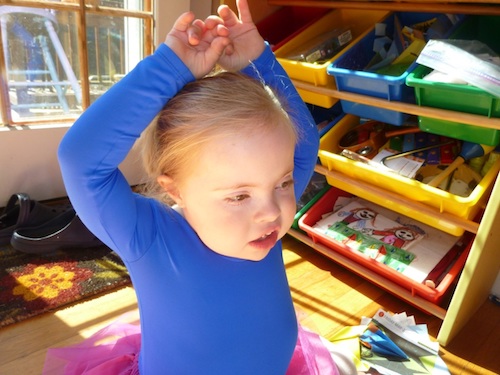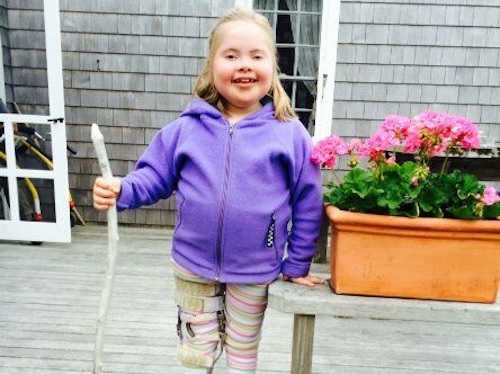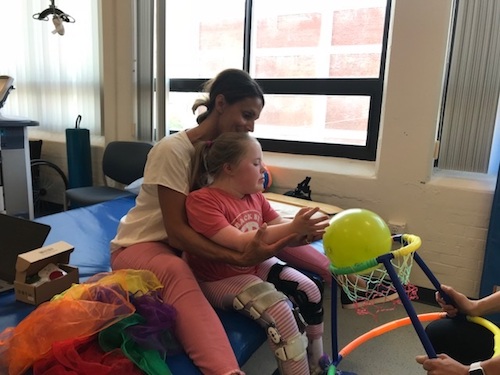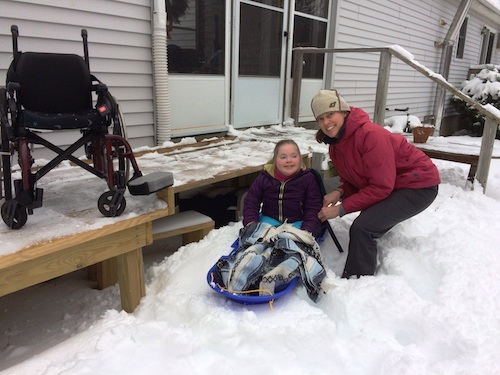Hope for life
Family's efforts to save daughter lead to genetic treatment for rare disease
DALLAS – Jan. 22, 2019 – Jocelyn Duff felt a pang of sadness as she looked down at her sleeping daughter, the steady click and hum of the child’s breathing machine triggering memories of how much Talia had lost in a few short years.
Mrs. Duff had watched Talia go from taking her first steps, to walking to the library hand in hand, to riding a bicycle with training wheels. Then her progress took a frightening and mysterious turn after her toddler years: Talia’s muscles began losing strength and she was forced to use a walker. She soon relied on her chin to help her crawl up the stairs. She eventually couldn’t walk, stand, or even lift her arms to eat.
These were the crippling effects of an ultra-rare neurological disease that doctors could not pinpoint for years and couldn’t treat even after diagnosis. Now 13 years old, Talia can’t roll over in bed or sit up on her own. She uses a machine to help her breathe at night, her respiratory-related muscles becoming ever weaker.
"Talia will say to me, 'Mom, I can’t walk,' or, 'I can't lift my arms,'" said Mrs. Duff, of Ipswich, Massachusetts. "What do you say back? How do you look at them without breaking down? Since we started on this journey, I started saying to her, 'We’re working on it. We’re trying to make a medicine to make your muscles stronger.'"
UT Southwestern Medical Center is helping the Duff family organize a gene therapy clinical trial to treat Talia’s condition, called Charcot Marie Tooth disease, type 4J (CMT4J). The disease – which shares many of the same symptoms as amyotrophic lateral sclerosis – is caused by a gene mutation that prevents the body from filtering cellular waste. This buildup causes progressive muscle weakness and loss of motor skills. Eventually the diaphragm becomes too weak to breathe.
The clinical trial is among several that UT Southwestern’s gene therapy program is organizing for a class of rare neurological diseases largely overlooked by the medical field. By inserting healthy genes missing from patients’ DNA, scientists are looking to develop lifesaving treatments for millions of children who collectively suffer from diseases like CMT4J.
“We’re not looking at this therapy as a cure,” said Dr. Steven Gray of UT Southwestern, noting that some patients may never recoup some of their body function. “But it may be a way to save Talia’s life by treating many of the critical aspects of the disease that would ultimately kill her.”
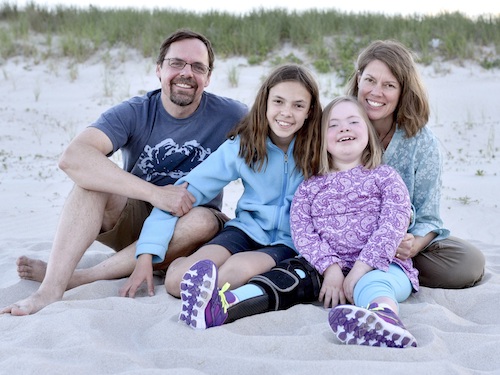
Dr. Gray, who has pioneered gene therapies for multiple rare diseases, is optimistic that CMT4J will be treatable through genetic means. He said the condition is similar to giant axonal neuropathy (GAN), another deadly disease for which gene therapy is being tested. Early results from that clinical trial have been positive.
“We’re looking at the GAN clinical trial as a roadmap for how this gene therapy will help patients like Talia,” he said.
Talia’s condition has not diminished her passion for life’s simple joys: talking with friends, singing, watching her favorite football team – sometimes singing about her favorite football team.
“Fly, Eagles, fly!” she sang during a recent visit with UT Southwestern doctors, reciting the chorus line from the Philadelphia Eagles fight song.
It’s an unexpected croon for a girl from New England, where most people sing the praises of another NFL team. But then, there’s a lot about Talia that wouldn’t be expected from someone with a terminal disease: her infectious smile, her sense of humor and positive attitude, her determination. Talia’s parents have fostered these characteristics through their own unyielding belief that their daughter can be saved.
Talia was diagnosed with CMT4J at age 10 after doctors struggled for years to explain her physical ailments. Similar to other families whose children suffer from rare diseases with no treatment, the Duffs were told nothing could be done to save their daughter.
They were further dismayed at how little research and funding were devoted to finding a cure for a disease that affects less than three dozen people worldwide. In addition, the Duffs learned the entire process of researching and developing a treatment would be lengthy and expensive – perhaps requiring several million dollars to cover both the animal research to show a therapy’s potential and the clinical phase involving patients.
So the Duffs started raising money. They created a foundation – CureCMT4J – that has brought together families across the globe sharing the same plight. Their mission received national attention last year when Talia’s middle school created a video that helped raise $1 million. Other strategies have included neighborhood lemonade stands, galas, and other fundraising events.
The efforts have funded animal studies and provided hope that enough money can be secured to start a clinical trial for Talia and other CMT4J patients.
“I’m amazed that people are willing to take such time out of their own lives to help us,” said John Duff, Talia’s father. “Talia’s capacity for joy and happiness is off the charts, and it makes me want even more to give her whatever chance at life we can give her.”
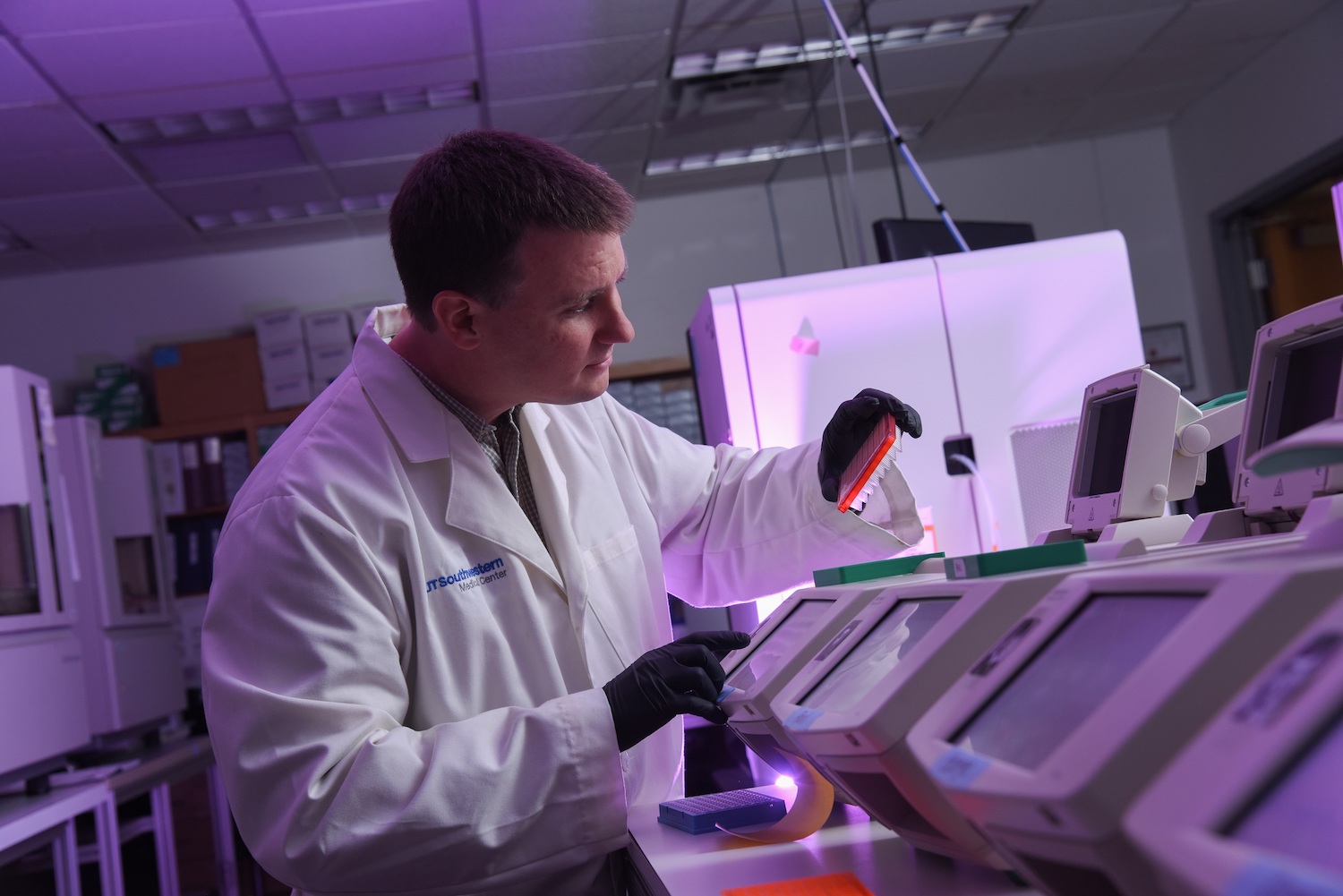
Talia is now in the seventh grade. She enjoys school, reading, music, adaptive skiing, and biking. She adores her older sister and spending time with friends and family.
But the demise of Talia’s nervous system is becoming more apparent. Last year she narrowly fought off respiratory failure after contracting the flu. Since then, breathing has become increasingly difficult, and she also uses a cough-assist machine during the day.
Talia’s parents look back at the home videos of her learning to walk and are reminded of how much the disease has taken from their daughter and how much they still have to lose as Dr. Gray seeks government approval to begin the clinical trial.
Animal studies have shown promise for gene therapy to treat CMT4J, and the Duffs only hope it can be administered in time to save their daughter and other patients clinging to this last chance at life.
“Some days I feel as though soon we’ll have a brace for every part of her body,” Mrs. Duff said. “Some nights, after a bad breathing day, I’ll take a picture of her sleeping or kiss her little forehead, wondering if it will be the last time.”
About the gene therapy program
CureCMT4J helps support research by Dr. Gray and the UT Southwestern gene therapy program. Dr. Gray is an Associate Professor of Pediatrics, Molecular Biology, and Neurology & Neurotherapeutics. He works with UT Southwestern’s Peter O’Donnell Jr. Brain Institute, the Eugene McDermott Center for Human Growth and Development, and the Hamon Center for Regenerative Science and Medicine.
About UT Southwestern Medical Center
UT Southwestern, one of the premier academic medical centers in the nation, integrates pioneering biomedical research with exceptional clinical care and education. The institution’s faculty has received six Nobel Prizes, and includes 22 members of the National Academy of Sciences, 16 members of the National Academy of Medicine, and 15 Howard Hughes Medical Institute Investigators. The faculty of more than 2,700 is responsible for groundbreaking medical advances and is committed to translating science-driven research quickly to new clinical treatments. UT Southwestern physicians provide care in about 80 specialties to more than 105,000 hospitalized patients, nearly 370,000 emergency room cases, and oversee approximately 2.4 million outpatient visits a year.

